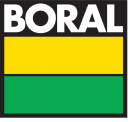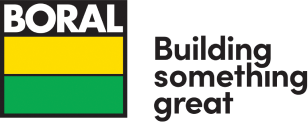Whether you're laying a new driveway, building a retaining wall, or tackling a weekend project, understanding the materials you’re working with is key to getting the best results. One of the most common questions we hear from project owners is: “What’s the difference between concrete and cement?”
Let’s break it down in simple terms.
Cement vs Concrete: Not the Same Thing
Concrete = Cement + Water + Aggregates + Additives
“What’s the difference between concrete and cement?”
Which One Should You Use?
If you're working on a building or landscaping project, you’ll almost always use concrete, not cement alone.
Concrete
Concrete is a composite material made from:
- Cement
- Water
- Aggregates (sand, gravel, crushed stone)
- Admixtures (optional additives to improve performance)
When mixed, the cement and water form a paste that coats the aggregates. As it hardens, it becomes the strong, durable material we use in construction.
Cement
Cement is a dry powder made from limestone and other minerals. When mixed with water, it undergoes a chemical reaction called hydration, turning into a hard substance that binds other materials together.
Think of cement as the glue in the mix.
Use Concrete For:
- Driveways and footpaths
- Slabs and foundations
- Retaining walls
- Fence posts
- Garden edging
Use Cement Only For:
- Making mortar (for bricklaying)
- Small patch repairs
- As a bonding agent
Tip: The strength of concrete is measured in megapascals (MPa). The higher the MPa, the stronger the concrete.
View our Cement Packaged Products range
What Makes Good Concrete?
- Correct water-cement ratio (too much water = weaker concrete)
- Quality aggregates
- Proper curing (keeping it moist for days after placement)
- Right mix for the job (e.g. 20 MPa for footpaths, 50 MPa for structural elements)
DIY Tips for Success
- Order the right volume: Concrete is sold by the cubic metre.
- Know your slump: This refers to how wet or workable the mix is. A medium slump is ideal for most DIY jobs.
- Plan your pour: Have tools and helpers ready before the truck arrives.
- Cure properly: Keep the concrete moist for at least 7 days to boost strength and durability.
Want to Build Sustainably?
Boral offers low-carbon concrete options like:
- ENVIROCRETE® – Lower carbon concrete
- ENVISIA® – Lower carbon concrete with enhanced engineering properties
These mixes reduce greenhouse gas emissions and are ideal for environmentally-conscious projects.
Need help choosing the right mix? Share your project details and we will guide you.
Final Thought
Cement is just one ingredient in concrete. For most DIY and home building projects, concrete is your go-to material, strong, versatile, and built to last.


